The dreaded body of water known as the Drake Passage. All you have to do is google it & you will be greeted with the horror show that is massive waves crashing over the bow of large ships. Along with countless stories of sailors and ships lost during big storms that do frequently blow through the Drake.
Honestly, though - not that bad. I am pretty good on the ocean though. I have grown up on the east coast of Australia and spent practically everyday on the water either in a pool or in the ocean itself. Furthermore, I've spent the majority of my adult working career on many oceans around the world and have never quite felt seasickness, which is slightly bizarre as my family don't really have their sea legs at all in comparison.
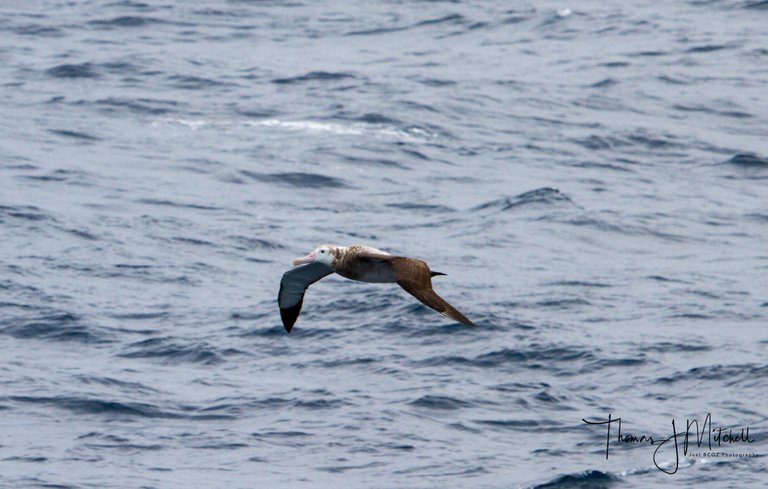
A juvenile wandering albatross following our vessel in the Drake Passage.
However, I will say that the Drake did whoop my Australian/Canadian butt pretty bad once, just once, and I did in fact feel seasick. It was a solid 7-8m waves with a constant wing blowing at 60knots and some wind gusts hitting 97knots. Thats a pretty full on storm - however, the thing about the drake is that massive storms form there quite frequently but they do pass through the passage very quickly and are usually blow through in about a day. Its important to note here that it takes about 1 day and half to two days to cross the 800km | 500nm stretch from the Beagle channel to the South Shetland Islands.
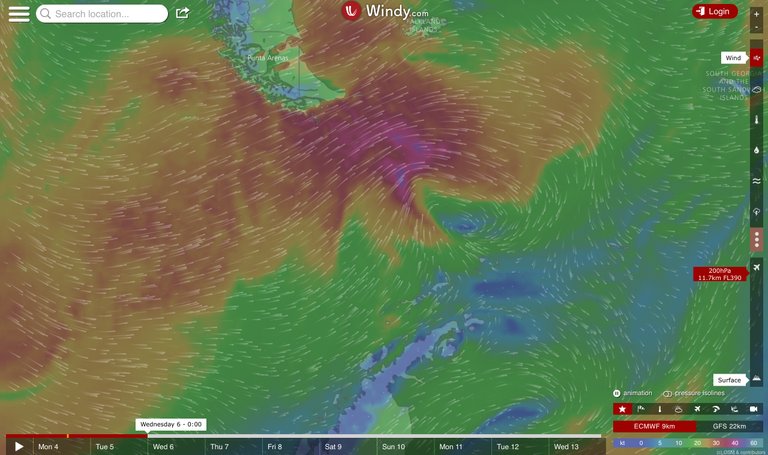
*a screen shot from windy.com of the storm we got the edge of. We were scheduled to enter the Drake from the Beagle channel at midnight, which woke me up that evening, as it bounced me out of bed. Just so you know - really dark purple is not ideal. *
The best thing you can do is see how you feel, take some medication, which is provided on the ship for you. Lie down if needed until your body becomes accustom to the sensation, eat something light (crackers) & keep hydrated. Important note too it to stay away from things like coffee and alcohol.
At the end of the day the best way I have heard my fellow expedition team members describe the Drake passage is as follows:
Antarctica is the ticket you have all bought
The Drake is the toll that has yet to be paid!
Moving along, the most positive thing about crossing the awesome power of the Drake are the sea birds. In particular, the albatross & petrel species that glide past the vessel, circling effortless in the windy conditions. The first time I saw one of these "giants of the air" my mouth dropped, my eyes bulged & I swear I froze for what I believed was 10 minutes, but was realistically more like 30 seconds, in simple awe of their powerful presence.

Light-mantled sooty albatross.
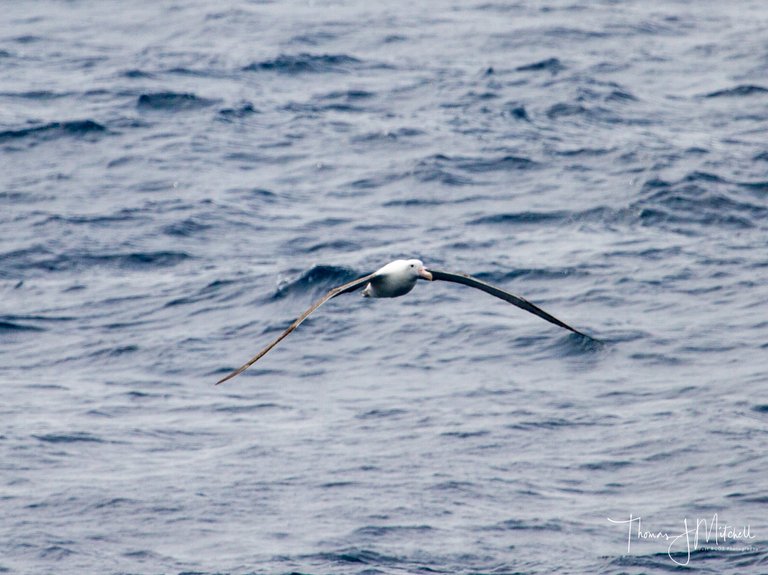
a southern royal albatross - circling the vessel before disappearing over the horizon.
Albatross don't usually spend too much time near vessels - Unless you are a fishing vessel. Typically, I have noticed they will circle around for a about 10-15 minutes before turning and glide away in search of food. Some sea birds do spend their entire time circling and following the vessel as you cross the Drake. The Petrels (also known as Tube-nose) - especially the Cape petrel and the Southern Giant Petrel (SGP).
The best advice I can give to anyone who is doubtful or worried about crossing this body of water allow me to pass on some advice based on my experience of crossing the Drake numerous times:
The ships can handle it. Numerous ships cross the Drake everyday without any incident what-so-ever. The captain's sole priority is the safety of the ship and lucky for you that YOU ARE ON THAT SHIP.
If in doubt get seasickness medication from the doctors on board. You can get some pretty good stuff at your local Pharmacy but trust me. The onboard doctors have the good stuff and they are happy to hand it out constantly if needed.
Drake proof your room. Basically, put everything on the floor and what you don't put on the floor will most probably end up on the floor.
Remember you will survive it! Think of the crazy stories you can tell everyone once this adventure is over. Stay hydrated and nibble on crackers just to keep something in your stomach.
At the end of the day it is worth it on so many levels. If you have read any of my previous posts you will see some of the photos and stories I have experienced on the Antarctica peninsula. Below are some links to some of my recent adventures.
Life in Antarctica for 3 months as a Marine Bio/Guide.
cute penguins ~ almost 200,000 Chinstraps
Leopard seal yawning on a ice floe
weddell seal napping amongst Gentoo Penguins
a curious minke whale wanting to play https://steemit.com/life/@thomasjmitchell/life-in-antarctica-for-3-months-as-a-marine-bio-guide https://steemit.com/blog/@thomasjmitchell/cute-penguins-almost-200-000-chinstraps https://steemit.com/animalphotography/@thomasjmitchell/leopard-seal-yawning-on-a-ice-floe https://steemit.com/photography/@thomasjmitchell/weddell-seal-napping-amongst-gentoo-penguins https://steemit.com/nature/@thomasjmitchell/c5oq2ick
Thanks for reading!! If you have any questions about crossing the Drake, Antarctica or the marine world - write me a comment & I will do my best to answer them all the best I can.
For more stories and photos check out my Instagram feed: https://www.instagram.com/thomas_mitchell2912/
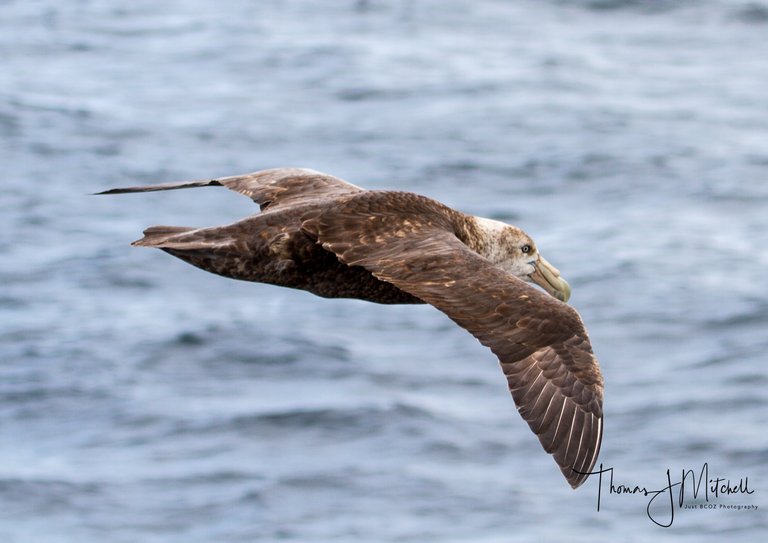
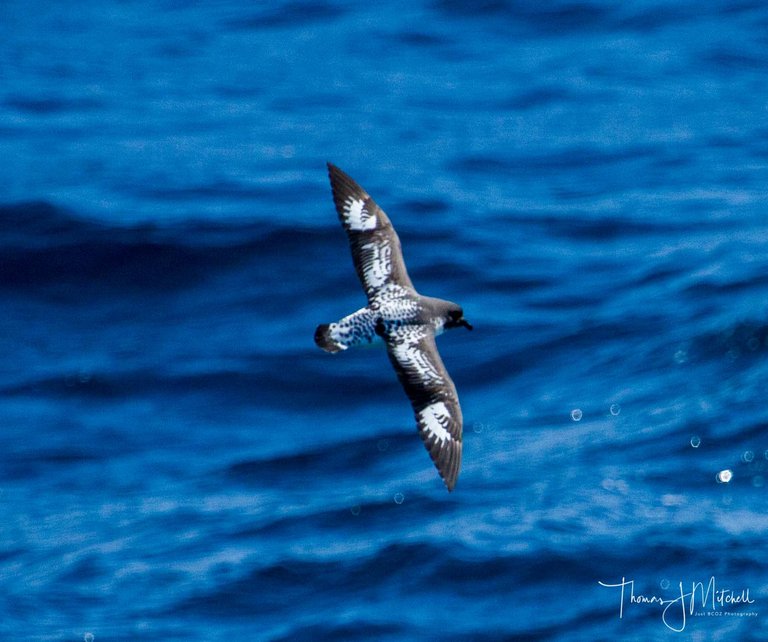
There is nothing beautiful than nature
Great shots, most excellent information, especially about how to survive the crossing...
As I lived on Haida Gwaii, one has to cross the strait separating Prince Rupert, a.k.a. "Rinse Rupert", the archipelago and it is known for being one of the worse one to cross.
Your descriptions reminded me of a few crossings I had there and of some stories I heard from other friends who came to visit me while I lived on one of the island.
The 97 knots is insane and the results of such storms incredible, it actually sinks into your soul. This is the kind of environmental phenomena worth experiencing at least one in a life time so you have an idea of what it feels like.
Thanks again for such an excellent piece, namaste :)
Your Petrel photos are great, I've never noticed the coloring on a cape petrel before, it is pretty cool.
agreed, they are gorgeous birds to watch sore!! Thanks for your kind words :)
Cool
click here.Congratulations @thomasjmitchell, this post is the tenth most rewarded post (based on pending payouts) in the last 12 hours written by a User account holder (accounts that hold between 0.1 and 1.0 Mega Vests). The total number of posts by User account holders during this period was 2810 and the total pending payments to posts in this category was $8237.17. To see the full list of highest paid posts across all accounts categories,
If you do not wish to receive these messages in future, please reply stop to this comment.
Nice post and good article thank for you sharing my friend @thomasjmitchell I would like to invite you to visit my blog @rizkyakbar please i want to you follow upvote and comment my post thankyou
It's times like this when I'm thankful for living at a juncture where information is at my finger tips. I'm never going to see the Drake, but the world is brought to my online devices through the eyes of "normal" people.
No journalistic ambition or motive, nothing to sell. Just people sharing lives and environments for the benefit of those who would probably never get to be there themselves.
Ever so slightly envious of your adventures!
wondefull picture birds..
"Nature does not have organs of speech, but it creates languages and hearts, through which it speaks and feels"